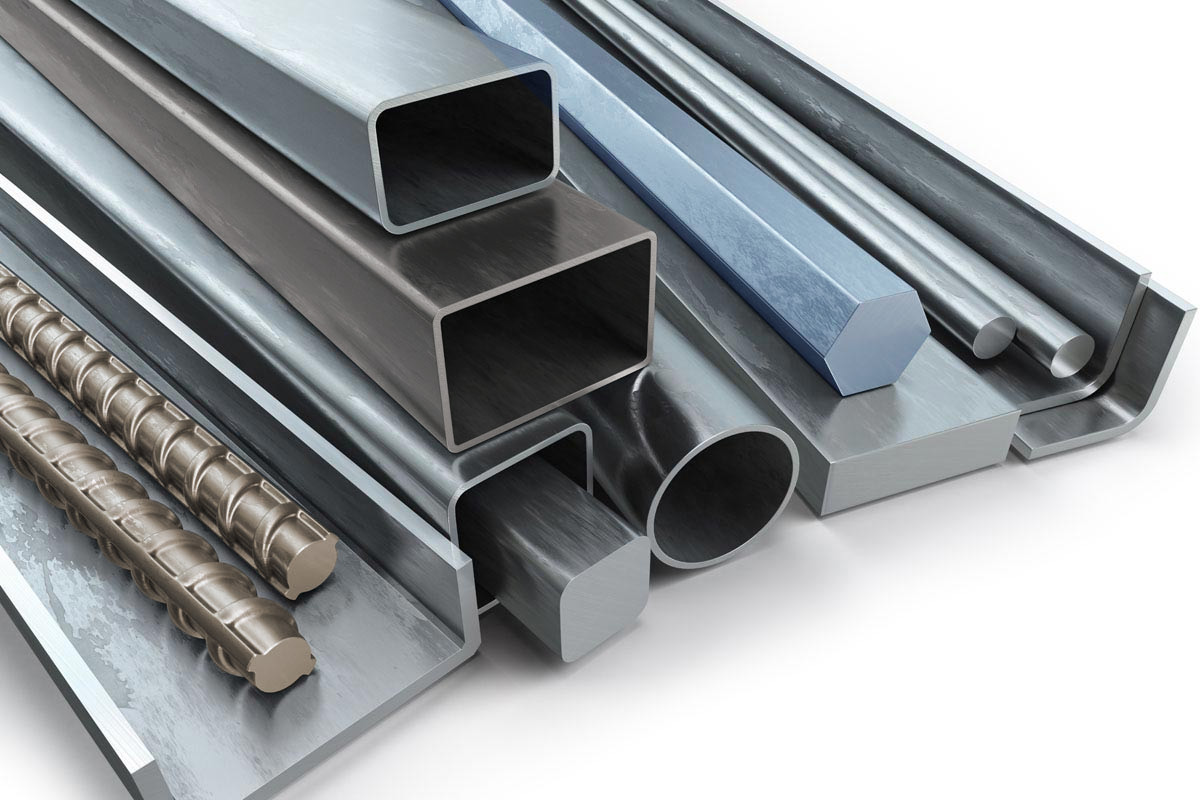Understanding welding metals is one of the fundamental skills needed to be a proficient welder. Every metal and metal alloy has a unique way of working and reacting to heat. Metals expand and soften when heated, leading to a multitude of applications. They also respond differently to the different welding techniques used.
Examine each metal’s specifics in the list below.
Things to Take Into Account When Selecting a Metal for Welding
There are numerous things to take into account when selecting a metal to be welded. This includes:
Level of melting
The ductility of the metal, or its reaction to stretching and bending
The electrical conductivity of a metal determines which metal can be used.
Strength: The breaking point of metal.
THE 7 BEST WELDING METALS
1. Steel
Everyone is aware of steel’s strength. It is an alloy that contains iron and 2% other elements. Steel and carbon alloys are widely available in three grades: high, low, and medium. Steel with more carbon is more robust. Any technique can be used to weld steel because it is a flexible material. The area surrounding the welding must be cleaned. The drawback is that oxidation can lead to flaking and corrosion.
2. Stainless Steel
Stainless steel doesn’t corrode like ordinary steel does. 10% to 30% chromium additions to other elements are used to achieve this. Alloys made of nickel are available. Arc welding (TIG, MIG, or Stick) is used to weld stainless steel. The higher cost is a disadvantage, though.
3. Aluminum
Like stainless steel, aluminum corrodes less easily than other metals. It weighs less than stainless steel. Welding uses both pure aluminum and aluminum alloys.
Alloys Are Made Up Of:
Alloy of copper and aluminum
An alloy of manganese
Alloy zinc
TIG welding (GTAW) is the recommended technique for welding aluminum. Moreover, GMAW and additional welding methods (such as gas metal arc welding or Mig) are used. Stick welding is limited to simple tasks. The process begins with selecting a base metal joint design (tee, lap, edge, corner, or butt).
4. Copper
Copper is a common welding metal because of its electrical conductivity, thermal conductivity, resistance to corrosion, aesthetic appeal, and resistance to wear. For something to be referred to as copper, it must contain a minimum of 99.3% copper. Soldering, brazing, and welding are examples of welding techniques. Copper alloys come in different varieties, such as:
Nickel silver, or copper-nickel-zinc
Copper-nickel
Silicon bronze, also known as copper-silicon
An alloy of copper and aluminum (aluminum bronze)
Tin and copper
Copper-zinc, sometimes referred to as brass
Alloys with high copper content (up to 5% alloy)
Gas Copper is welded using Metal Arc Welding and Gas Tungsten Arc Welding. Some welders use a technique called manual metal arc welding. But it can result in poor quality work. Compared to steel, copper welding requires wider joint designs. The shielding gas for copper is welding-grade argon. The weld locations are cleaned and degreased using a wire bronze brush. Any oxides that form after welding must be cleaned up.
Despite being preheated, copper alloys don’t need to be preheated due to their superior thermal conductivity.
5. Iron Cast
When it comes to metals, low-carbon steel is easier to weld than cast iron. Cast iron has more carbon and silicon and is less ductile. Before welding cast iron, clean the surface to remove any embedded oil and grease. All cracks must be filed or ground down. Cast iron components can be joined using oxyacetylene welding.
6. Nickel Alloys
Nickel welding metals can be done with a variety of alloys. These include the following:
NICKEL ALLOY 141: Use nickel alloy 141 (nickel 200 and 201) to weld the case and pure nickel components. It also incorporates steel and nickel.
Like the above, nickel alloy 61
Nickel-copper alloy 190 is used to weld materials together.
For internal welding, nickel-copper alloy 60 is utilized.
7. Magnesium
Alloys made of magnesium are lightweight (about two-thirds the weight of aluminum), vibration-absorbing, and simple to cast. It has a melting point that is comparable to that of aluminum and can be welded with it.
Be advised that the shavings created during the grinding process are flammable; avoid extinguishing any flames with water. The metal is joined using a TIG welder.
CUSTOM METAL INSTALLATIONS PHOENIX
Artistic Alloys & Design, LLC is Phoenix, Arizona’s # 1 source for custom one of a kind metal installations. We work close together with our clients to fulfill their vision for metal entry doors, driveway gates, range hoods, or any other type of decorative metal feature. Call us at 480-490-2935 or Contact Us here.






